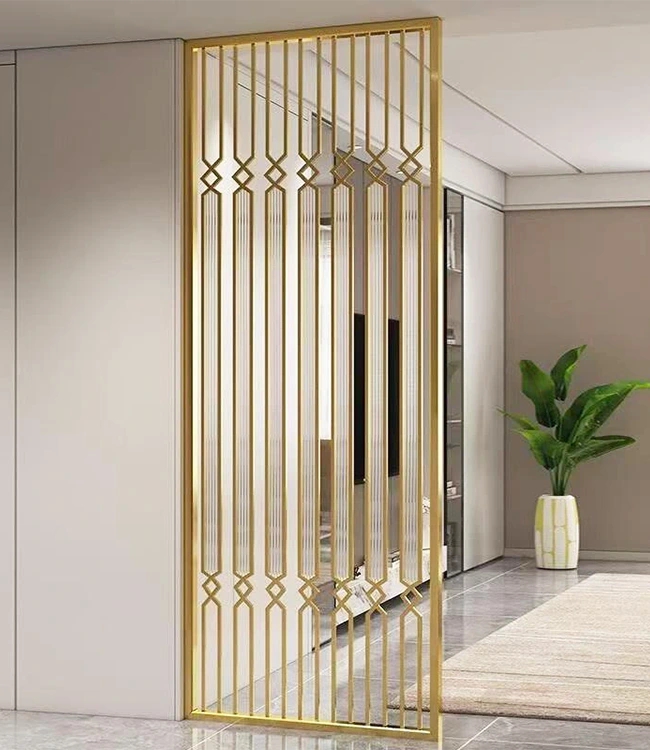How Can Partition Screens Enhance Your Space and Privacy?
2024-12-02
In today’s world, where open-plan layouts and shared spaces are becoming the norm, finding ways to create private, functional, and aesthetically pleasing environments can be a challenge. Enter the partition screen—a versatile solution that balances design with practicality. But how exactly can partition screens transform your space? Let’s explore their benefits and uses.
1. What Is a Partition Screen?
A partition screen is a freestanding or fixed panel used to divide a room into separate areas. Made from various materials such as wood, metal, glass, or fabric, these screens are designed to provide privacy, enhance aesthetics, and optimize space.
2. Why Choose Partition Screens?
Partition screens offer a range of advantages that make them a popular choice:
- Flexibility: Easily repositioned or removed as needed.
- Aesthetic Appeal: Available in a variety of designs, textures, and colors to complement your decor.
- Cost-Effective: More affordable and less permanent than constructing walls.
- Improved Privacy: Helps define personal spaces in shared environments.
3. Practical Applications of Partition Screens
Partition screens can serve multiple purposes across different settings:
- Home Offices: Create a distraction-free workspace in a shared room.
- Living Areas: Define separate zones, such as dining and lounging spaces, in open floor plans.
- Commercial Spaces: Provide privacy in offices, meeting rooms, or coworking areas without major renovations.
- Retail and Hospitality: Enhance visual merchandising or divide spaces in restaurants and hotels for an intimate ambiance.
4. Types of Partition Screens
Partition screens come in a variety of styles to suit different needs:
- Folding Screens: Lightweight and portable, perfect for temporary partitions.
- Fixed Panels: Mounted screens for a more permanent solution.
- Acoustic Screens: Designed to absorb sound, ideal for noisy environments.
- Decorative Screens: Feature intricate patterns or materials to add a statement to your space.
5. How Do Partition Screens Optimize Space?
Partition screens allow you to maximize the usability of a room without permanent alterations. For example:
- In small apartments, they can separate sleeping areas from living spaces.
- In offices, they create functional zones for meetings or collaboration.
- In retail, they guide foot traffic and improve customer flow.
6. Enhancing Interior Design with Partition Screens
Beyond functionality, partition screens are a powerful design element:
- Layering: Add depth and texture to your space with layered materials.
- Light Play: Use screens with translucent or perforated materials to filter light creatively.
- Color Coordination: Choose screens that complement your color scheme or act as a bold accent.
7. Sustainability and Customization
Modern partition screens often feature eco-friendly materials like bamboo or recycled panels. Many manufacturers also offer customization options, allowing you to tailor the size, design, and material to your exact requirements.
Conclusion
Partition screens are more than just room dividers—they’re a dynamic tool for transforming spaces. Whether you’re looking to enhance privacy, improve functionality, or add a stylish touch to your decor, partition screens are a versatile and practical choice.



